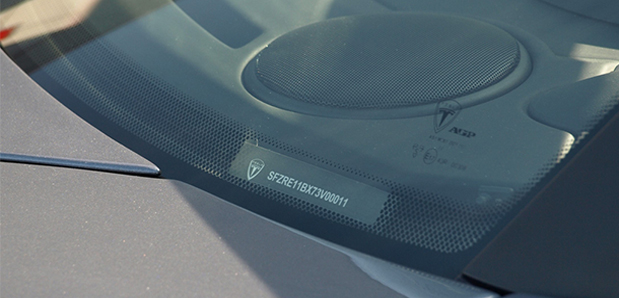
Chassis Number Fiat contain a lot of very important information like: year of production, country of production, manufacturer. Its very important when you want to buy used vehicle. Cheking VIN Number let you be sure of Fiat, but where is VIN Fiat?
The most popular places where is VIN Fiat are:
- doorpost
- rear wheel well
- frame of the car
- bulkhead
- middle column
- under passenger seat
- in the documents
VIN Number in different Fiat vehicles is located in different places. It depends on the model and manufacturer. Check VIN Location Fiat and avoid cars with hidden defects.
Chassis number Fiat location depends model like: Seicento, Uno, Cinquecento, Bravo, Brava, Dino, Palio, Panda, Ritmo, Stilo, Tipo and others. In the older vehicles, was placed on namplate with VIN Number. In the new cars often is placed on nameplate sicker behind front glass. We recommend you to use our tool, our huge database of vehicles let you located VIN Number on your vehicle.
Fiat VIN decoding – enter VIN number
Remember that before you buy, check the history of the vehicle. You do this by typing the VIN Number Fiat below:
It’s worth deciphering the VIN before you buy the vehicle to make sure you’re actually paying for what you’re buying. Unfortunately, it may turn out that the new equipment adversely affects the vehicle and frequent visits to the showroom will be necessary. By checking the VIN, we are also able to determine whether the vehicle has accidentally entered the country illegally. This is unfortunately an increasingly frequent problem.
VIN number – what is it?
The VIN, or Vehicle Indentification Number, is a unique vehicle identification number that contains numerous and important pieces of information about a car. The VIN includes information such as country of manufacture, model year, drive type, engine version, equipment options, among others.
VIN numbers were first used in 1954 in the United States. At that time, car manufacturers such as Fiat were already marking their cars in this way. Marking of this type began to be used by manufacturers in Europe. However, the first numbers looked very different. It was not until the 1980s (in 1981 to be precise) that the world’s manufacturers, together with the US manufacturers, finally agreed on this issue.
In 1981, the National Highway Traffic Safety Administration in the United States standardised the format. Cars sold should contain a 17-character VIN that does not contain the letters I (I), O (o) or P (q) (to avoid confusion with the numbers 1 and 0).
A common standard has therefore been developed to facilitate the work of the police, insurance companies and used car dealers. From now on, the VIN of each car has 17 characters – letters and numbers.


 EN
EN  PL
PL  RU
RU  DE
DE  HU
HU  EE
EE  LV
LV  RO
RO  SI
SI  CZ
CZ  LT
LT 